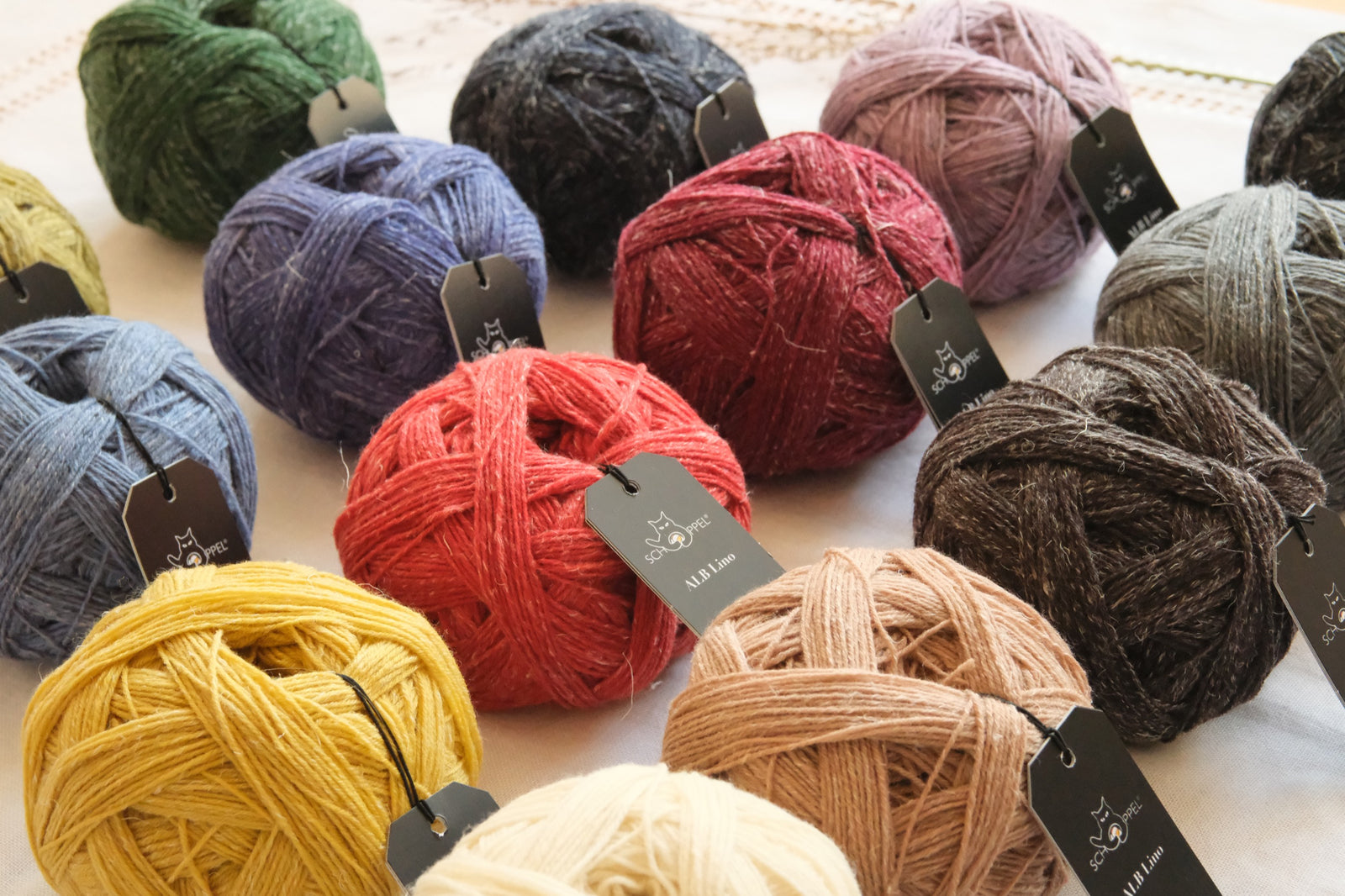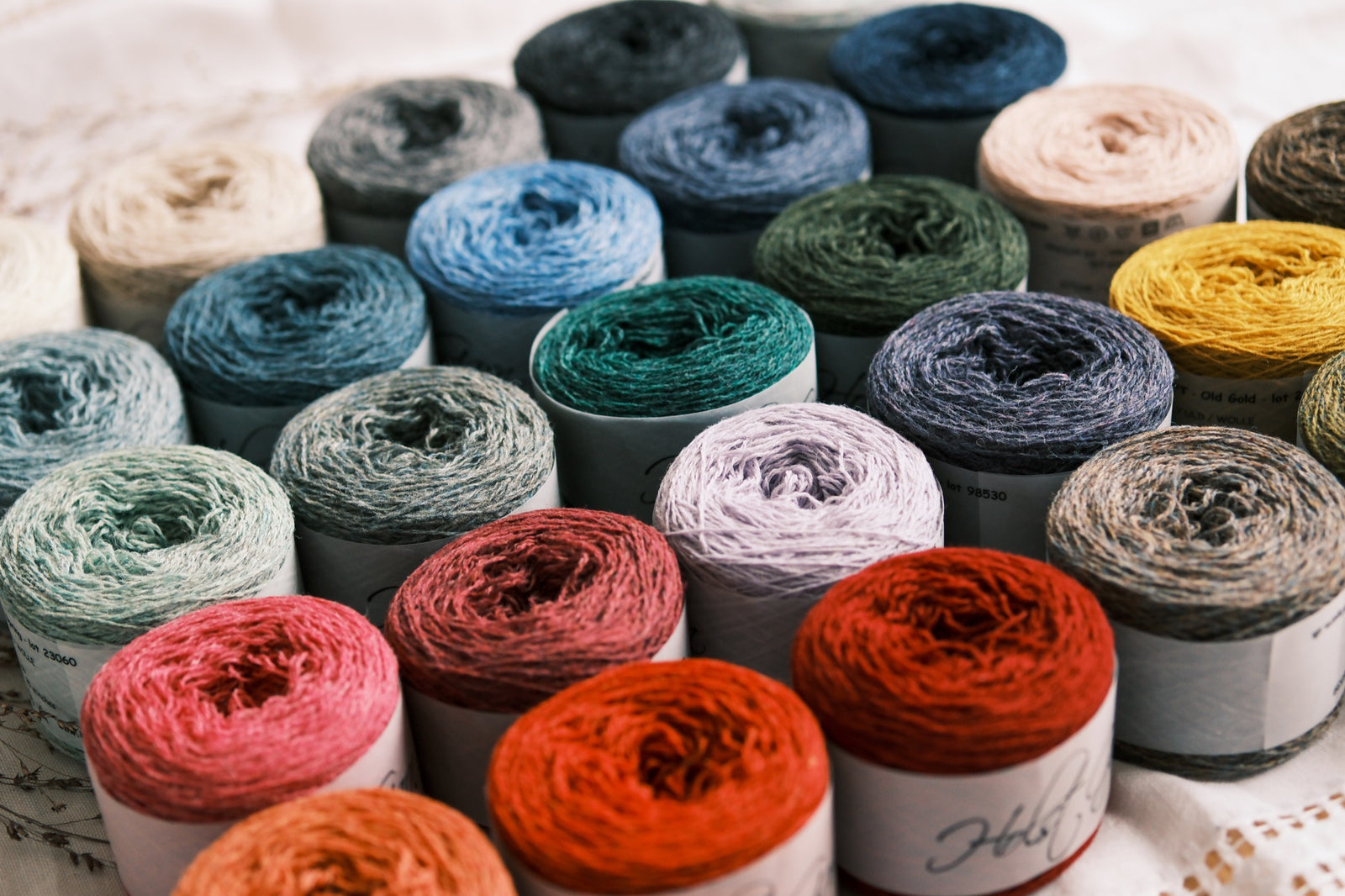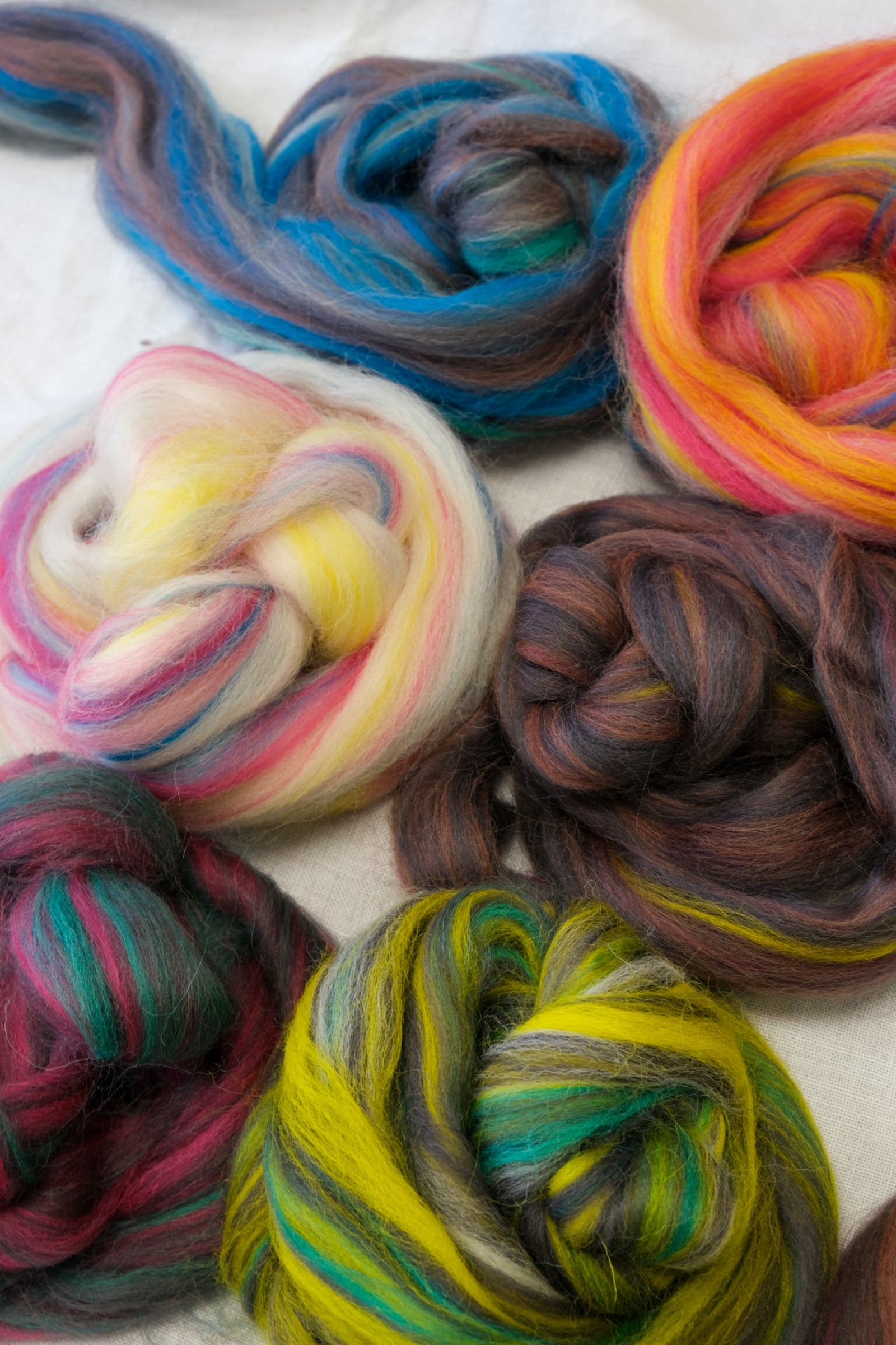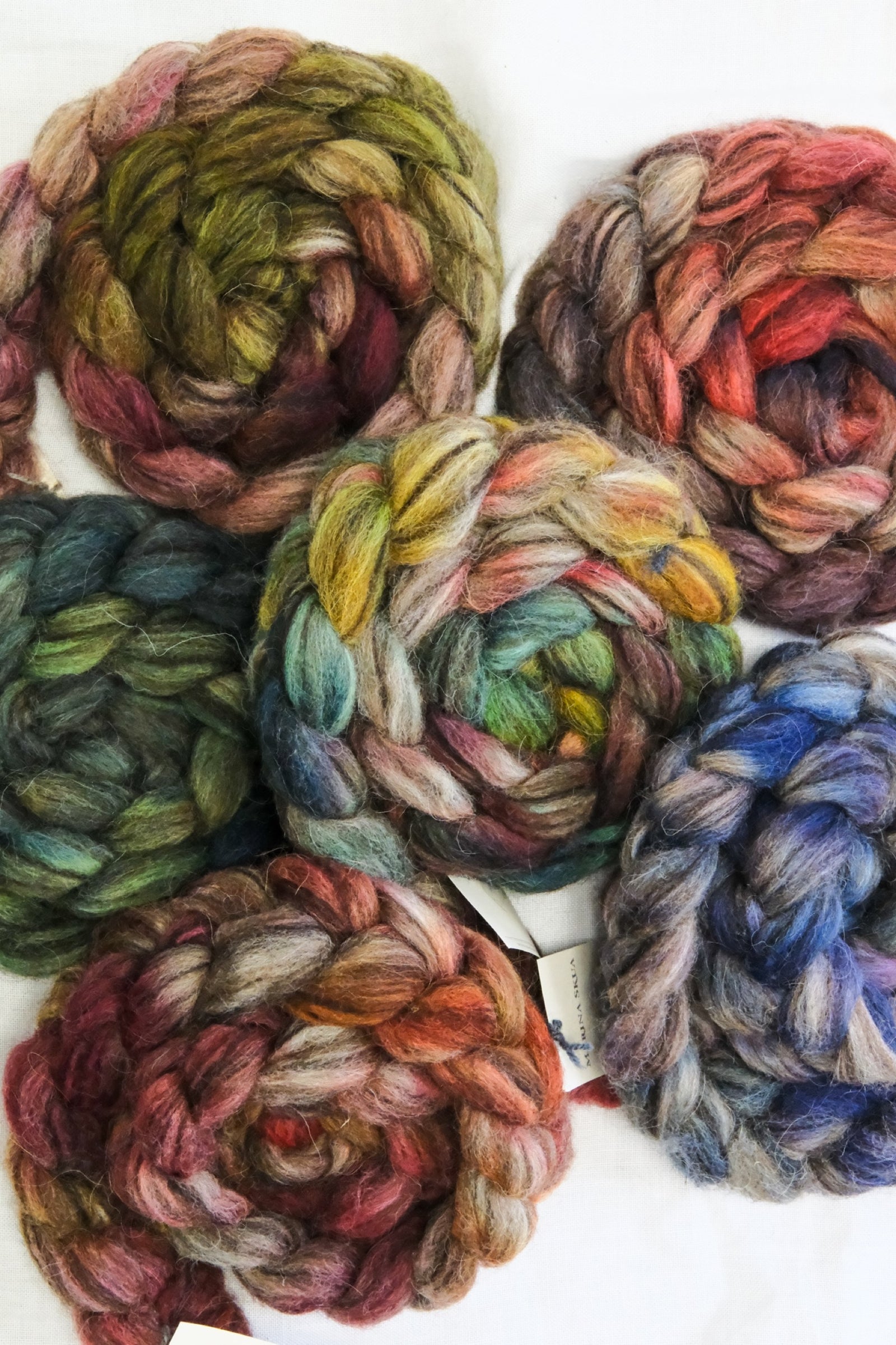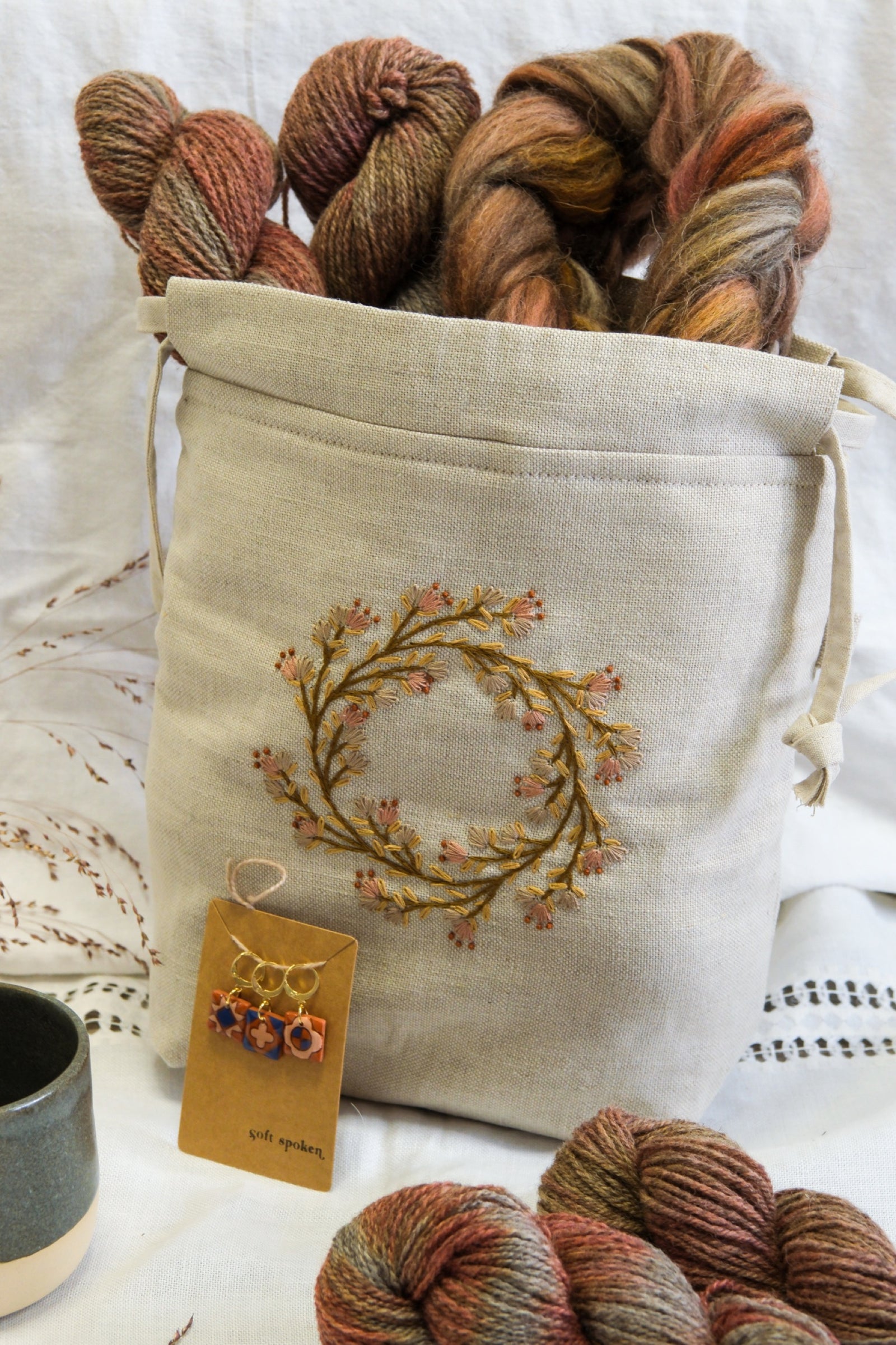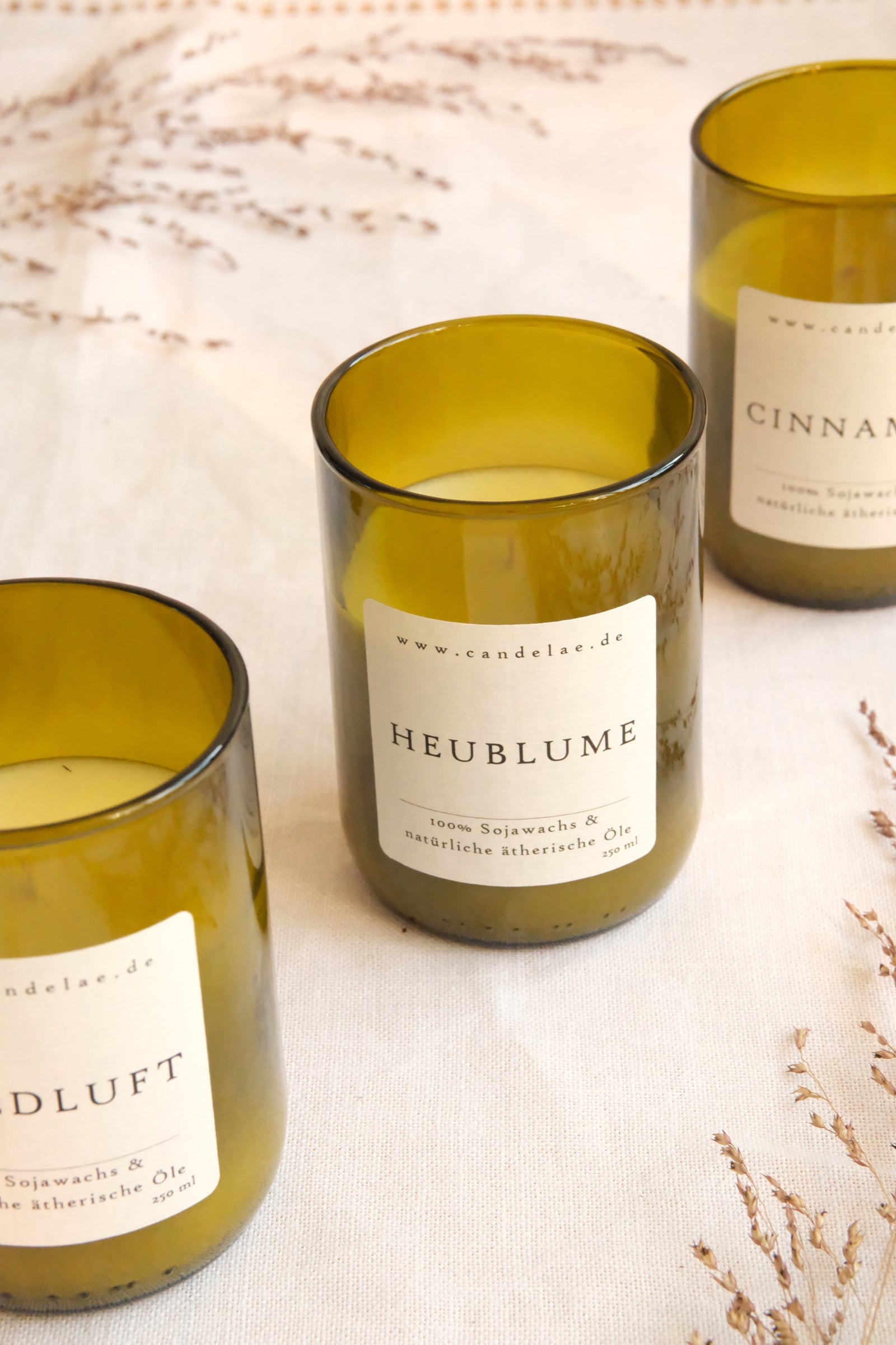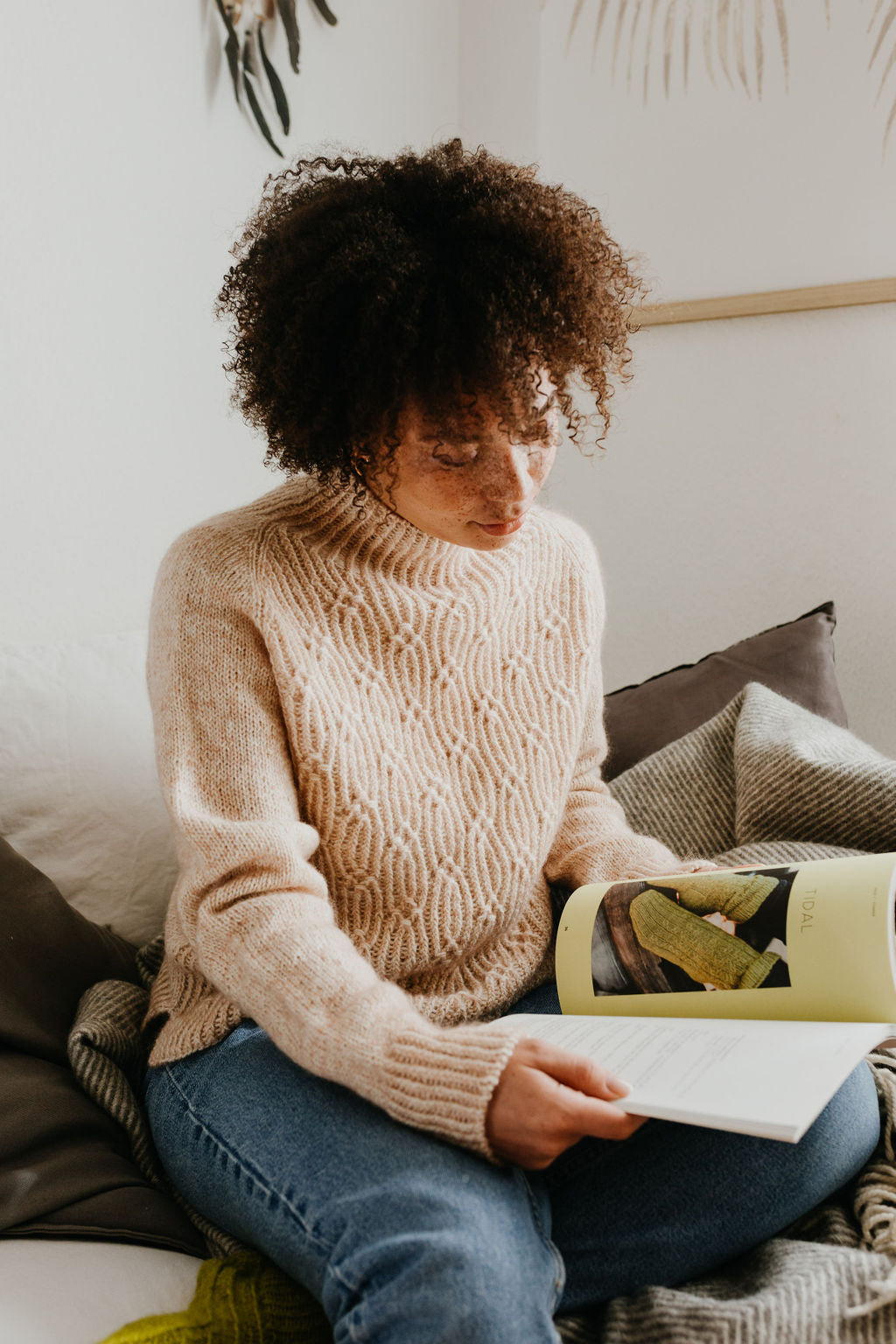As of April 1, Making Stories is closed. Thank you for your support all these years!
As of April 1, Making Stories is closed. Thank you for your support all these years!
Spinning Fiber
Notions & Gifts
Books, Magazines & Patterns
About Us
We're here to help you stitch sustainability into every aspect of your making.
With our carefully curated selection of non-superwash, plastic-free yarns and notions, we have everything you need to get started on your next project - and the one after that.
Here's to a wardrobe of knits we love and want to wear for years to come!
We're here to help you stitch sustainability into every aspect of your making.
With our carefully curated selection of non-superwash, plastic-free yarns and notions, we have everything you need to get started on your next project - and the one after that.
Here's to a wardrobe of knits we love and want to wear for years to come!
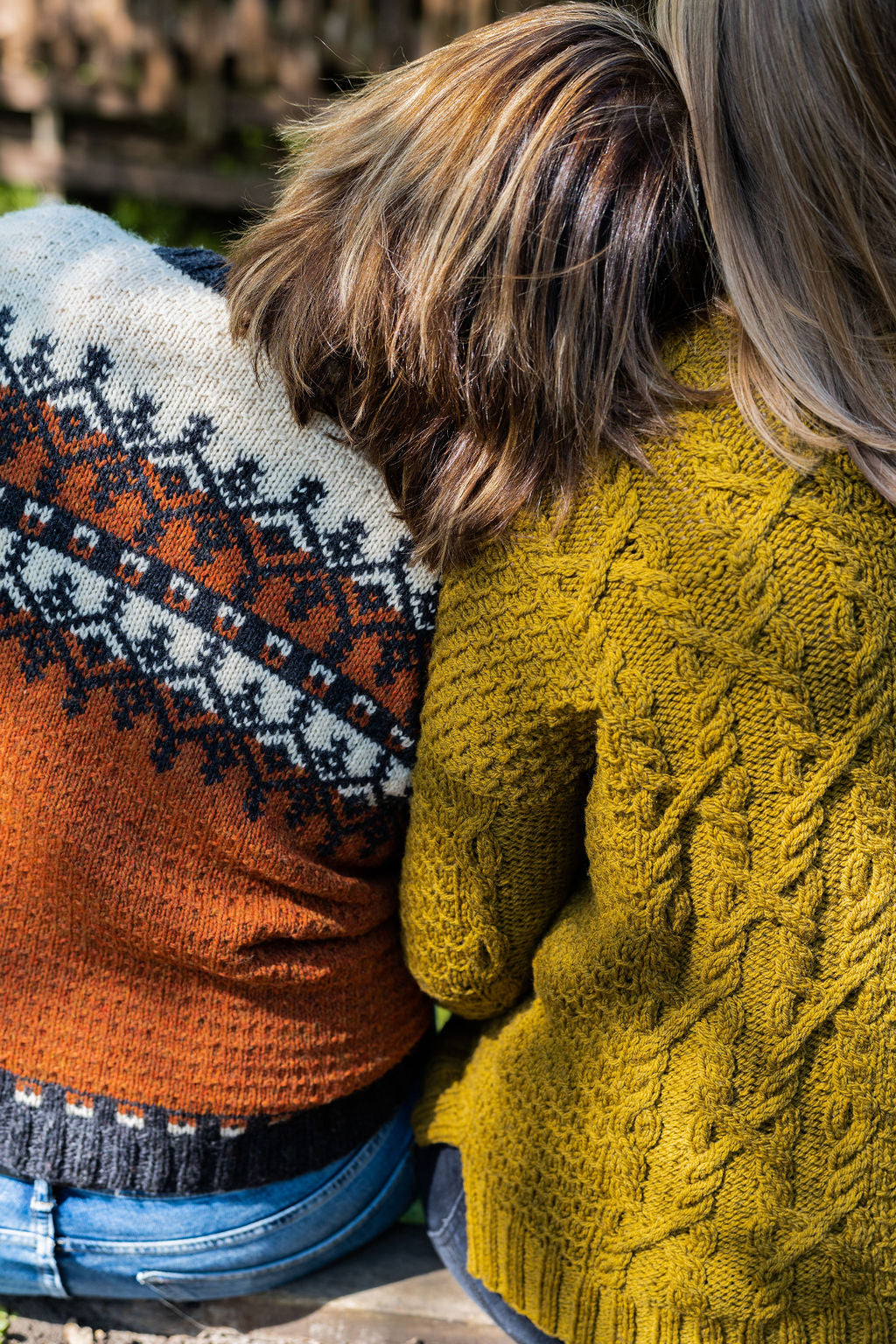
Our Sustainability Pledge

Our Blog
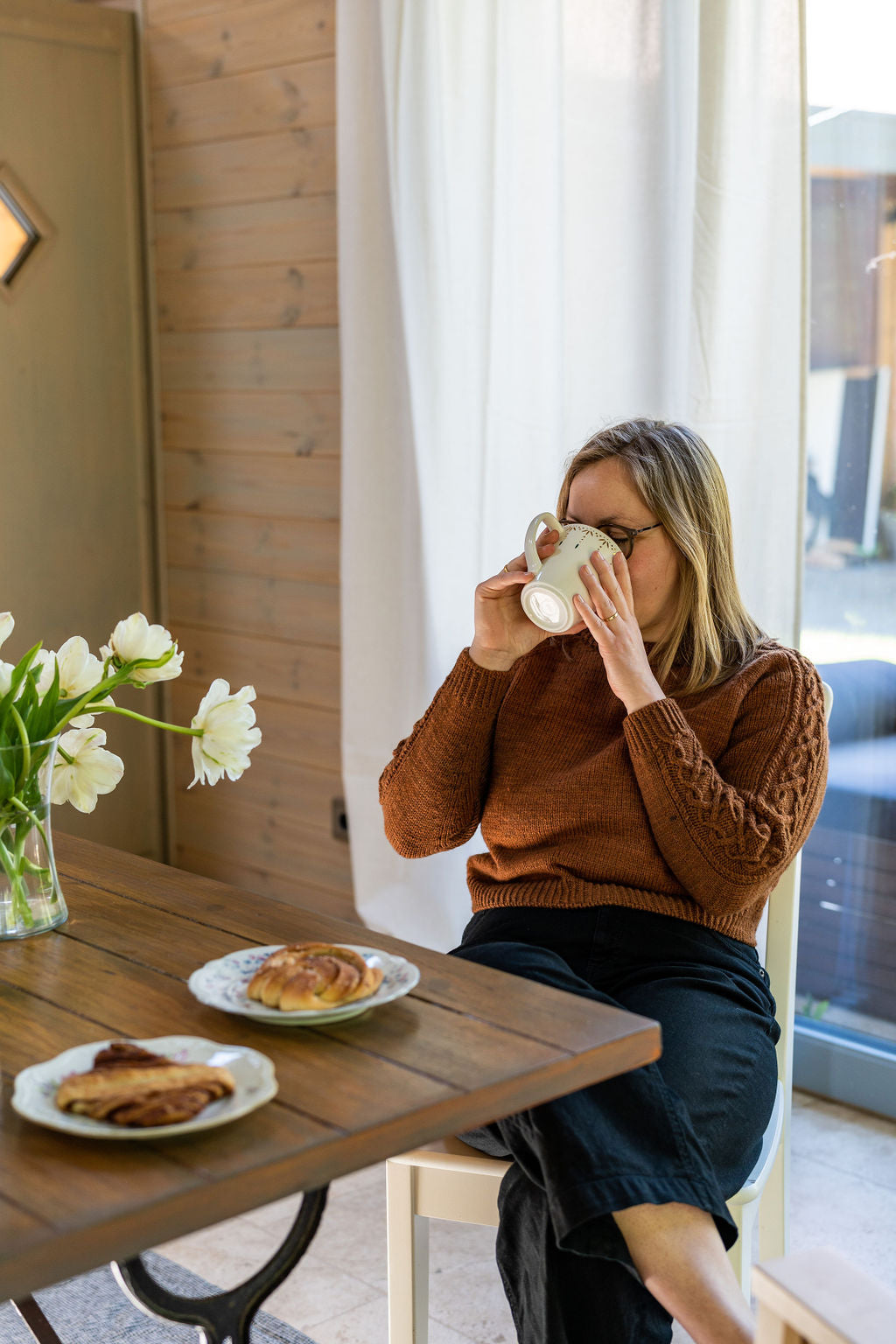
Our Podcast
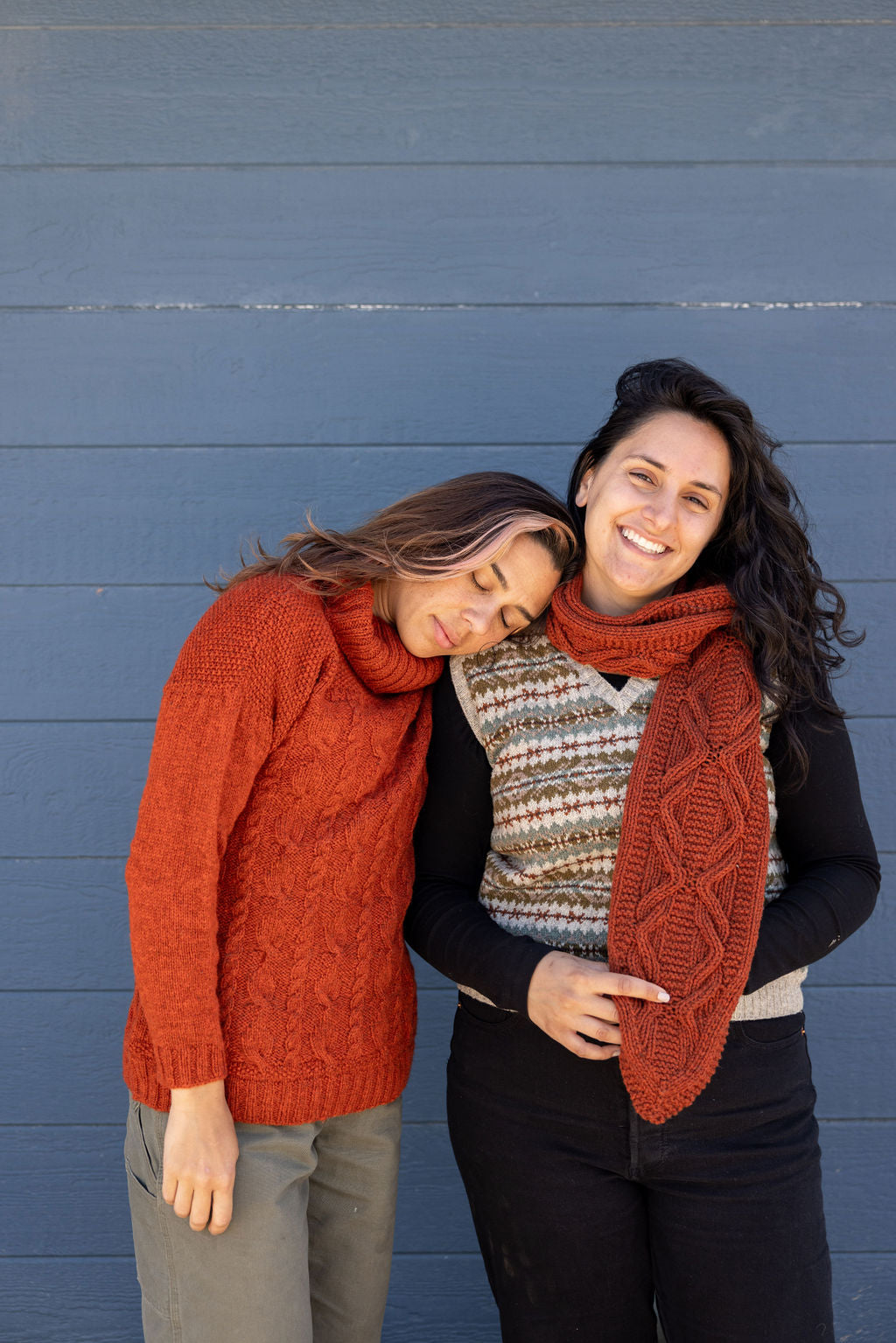
The Making Stories Collective
On working with us as a designer and the desire to be fair to everyone.
December 11, 2018 10 min read
Hello lovelies! It's Hanna Lisa here, one of the founders of Making Stories. We thought it would be nice if I popped in here every once in a while to share a bit more of the behind the scenes stuff of running this business, and to go into details around everything from pattern pricing to fair contributor compensation, from the financial realities of running a young business to how we structure our work to get as much done as possible with a small team.
We (and I) hope you enjoy reading these posts, and if there's a particular topic you'd like me to write about, please do comment below and I'll gladly take it on!
For my first 'semi-guest' post, we picked a topic that is very dear to our heart: How we structure our work process with designers to make sure it's as transparent and fair as possible.
There are two reasons why I wanted to write a post now about this:
-
We have our next Call for Submissions for our 2nd magazine issue coming up soon (keep an eye on this space in the second week of January!), so we wanted to share a few more insights into how it's like to work with us as a designer so that you - if you're a knitwear designer - can take that into consideration when you decide whether to submit to us.
-
We've had a few process hiccups with some of our publications this year that centered around certain elements of our designer compensation, contract and expectations. I want to avoid any misunderstandings in the future, hence the desire to share a bit of backstory on why certain things work in a certain way when you work with us.
First and foremost, I'd like to share the basic principle we design our processes on: Treating all parties involved in all our publications fairly and equally. This means that a lot of our work processes have elements that ensure a level playing field, both within and across our publications.
What does that mean in practice?
Here's what happens when you submit a design to us:
-
You get a confirmation email that we've received your submission.
In that confirmation email, we're also asking you to double check that you've sent over all the information we've asked for in our Call for Submissions. For the past few rounds of Calls for Submissions, our wonderful team assistant Ruth has painstakingly emailed everyone whose submission wasn't complete, asking them to send over the missing parts. From now on, we won't do that anymore. Any submission that is not complete will automatically not be taken into consideration. Why? For one, it doesn't feel fair for the designers who've taken the time and effort to read the Call for Submission requirements and put everything together correctly. It's also a lot of manual work, and we believe we're so clear in what we expect in a submission that it's okay to not do this anymore.
-
We select the designs for an upcoming publication and send you an acceptance or rejection email.
We know that putting together a submission is a lot of work, and we believe that the least we can do, even if we end up not choosing your design, is sending you an email informing you about that decision.
If your design is not accepted for our publication and you'd like to have a bit of feedback on why, please do send us an email and we'd be happy to share more details with you. Often, the reason why we choose to say no to a design have more to do with making sure that we have a well-balanced, cohesive collection, rather than with your work per se.
Lastly, by all means, if we rejected your submission, do self-publish your design or re-submit it to other publications! We strongly encourage you to do that - you put so much love and energy into the submission, it deserves to be shared with the world!
-
We send you a contract and access to our Designer Documents folder.
If it's a yes from us, you'll receive our standard designer contract and access to our Designer Documents folder. We'll ask you to carefully read your contract, e-sign it and send it back to us, alongside your shipping address and your yarn estimates for the sample that we're asking you to knit.
Our contract has two particularities that help us ensure compensating everyone fairly for the work they put into their design:
-
Designer compensation is determined not just with the view on one publication, but with a view on the entire portfolio. The compensation we're suggesting for your design depends on the type and complexity of it, but also on how long we keep the rights, which publishing rights we ask for (i.e. is it going to be published in print or digital and is it going to be only sold as part of a collection or do we reserve the right to publish it individually as well) and what happens with the sample. I'm going to explore all these aspects in detail later on in this post.
-
We're reserving the right to offset any cost that we or our contractors have incurred due to the designer not sticking to the contract. This is where we really ask you to carefully read the contract and ask us any questions you might have before signing. We've done our best to be super clear and concise in the language of the contract, but we've also learned that because there are a few things in there that are a bit less common questions do arise.
Here's why we have this clause in the contract: For us, this clause is about fairness. It's not - very explicitly not - about covering our butts, or cheating anyone out of their compensation. We feel that compensation needs to differentiate between the designers who take the time and put in the effort to stick to the contract and do the work exactly as we ask and someone who doesn't stick to our style guide, misses deadlines and produces a bad sample.
Concretely speaking, these are the things that have happened in the past where we reduced compensation at the end:
-
The pattern delivered was not in accordance with the Making Stories pattern guidelines, template and standard sizing. We have an extensive pattern style guide alongside a template (think of it like a fill-in-the-blank text) and a standard sizing sheet that you agree to use when you sign the contract. If the pattern delivered to us is not written in the template, this usually means a lot longer tech editing time for said pattern, which is additional hours that we'd offset against the compensation.
-
The pattern had a lot of errors in it and went over the allocated tech editing time. For every pattern, we have an estimated number of hours budgeted in for tech editing that leaves enough time for a thorough tech edit of the pattern and for making sure it's consistent with the style guide (if the template and the style guide have been followed). One reason why a pattern exceeds those hours is the template (see point above), the second one is if the pattern has a lot of errors in it. In both cases, our tech editor informs you with ample time before your pattern crosses the "threshold” of hours budgeted so that you can fix it. You can also obviously choose to consciously cross the “threshold” if you'd like the tech editor to help you fix any major issues! The point here is that we want you to make the decision what you want to do.
-
The sample package wasn't declared properly and landed in customs. Our Designer Documents folder includes clear instructions on how to ship your sample and what to include on the inside and the outside of the package. If these instructions aren't followed - e.g. if there's no invoice on the outside of the package - the package can't clear customs properly and will need to be picked up at the customs office by someone from the team. Again, we feel that it's fair to differentiate here between designers who've taken the time to read through the instructions and follow them and the ones who haven't. In addition to that, picking up a package from customs costs us about 2 to 3 hours in work time.
-
Deadlines are missed. If a clearly communicated deadline is missed, especially for pattern writing or sample delivery, we'll get in touch to figure out the best way to handle this. Depending on what happens, the most likely scenario is that the pattern won't be included in the publication.
-
It feels a bit scary to share all of this with you, but I really hope that it sheds a bit of light on our thinking behind certain aspects of our contract.
-
-
You write up the pattern.
We have a very clear workflow when it comes to pattern writing, tech editing, test knitting and sample knitting: We ask you to first write up the pattern based on swatches in the original yarn which we're sending to you after you signed the contract. Then the pattern goes into tech editing. Once it's cleared by our tech editor, you're free to start knitting the sample. At the same time, the pattern test knitting starts.
We've found that this work process is the one that leads to the best quality of patterns for our publications. We know that some of you wonderful designers tend to work on the pattern and the sample at the same time, but we encourage you to embrace this work process - we've heard from quite a few designers who've changed their general process to resemble ours after having worked with us.
If you're super unsure about pattern writing without knitting the sample at the same time, you can of course always purchase a second project quantity of the yarn we paired you with to knit up your own sample while you're writing the pattern.
-
The pattern gets tech edited.
Depending on the publication, we might have one or two stages of tech editing. Usually, we have a first tech editing checkup where our tech editor checks your pattern for broad-stroke consistency with the style guide and template and any obvious major mistakes, e.g. in the construction method or missing parts of the pattern.
If there are no major issues with the pattern, the tech editor will give you the thumbs up to start knitting your sample after the first checkup.
They'll then go into a second round of tech editing to finetune the pattern, go through every single detail and get the entire collection ready for test knitting.
-
The pattern is test knit.
Once tech editing is done, test knitting can start, yay! We're taking care of the majority of the test knitting process, but we ask you to be available for any pattern questions that might come up and that we can't solve on our own or with the tech editor.
-
You knit the sample and ship it to us.
Very straightforward: You knit the sample based on the tech-edited pattern version, and ship it to us by a predetermined deadline.
If you'd like to use your own sample knitter, you can of course do so. We'd kindly ask you to fairly compensate them for their work - in the Designer Documents folder, we share our own sample knitting compensation structure as a guideline for you.
-
The publication is put together and launched.
Yay!! All the parts are finally coming together! We layout the patterns, put them into the final publication, and share it with the world - together.
You'll receive the pattern photos alongside a few text snippets that you can use to spread the word about the publication and your design. You'll also, of course, receive a complimentary copy for yourself.
Bonus: If you're contributing to a print publication, you're eligible for purchasing further copies at wholesale price, yay!
-
The pattern rights revert back to you.
After a certain period of time, depending on the contract, the rights to your pattern revert back to you. We'll send you a PDF with the laid-out pattern, and you're now free to sell this PDF on Ravelry or any other platform that allows for per-pattern compensation.
A note on designer compensation
As outlined above, there are a few aspects that go into determining the compensation we're offering for each design. Let's take a bit of time to go into each one of them:
Type & sizing
Depending on whether you're designing a hat, a pair of socks or a sweater for us, the compensation is going to differ. Generally, smaller items (= less time sample knitting) and items with less sizes are compensated with a lower amount of money than sweaters that are graded across 8 sizes.
Complexity
Within the same type of design, there might be differences in complexity, e.g. due to construction methods, stitch patterns used or variations included in the pattern. This is also reflected in the compensation.
Rights - where
Depending on whether we purchase the rights to publish your work only in print or in digital, as part of a collection or also individually, the compensation is also going to differ.
Generally speaking, we pay more for patterns that are published in print vs. in digital (although this might change in the future), and more if we reserve the right to also publish the patterns individually (which is usually the case in our standard contract, although we don't always execute that right). This is because patterns that are published in print actually can have up to three different publishing rights attached to them: print + digital collection + individual; whereas digital only only has digital + individual.
Rights - for how long
In addition to where we publish the pattern, the duration for how long we keep the rights also plays into the compensation. Usually, the rights revert back to you four to six months after publication date.
Sample
If we keep the sample, the compensation offered will be higher than if we send the sample back to the designer.
This part of the contract has caused a lot of confusion in the past because it wasn't super clearly phrased, so we've updated our contract language to make it explicit what's going to happen with your sample after publication.
I hope this post helped shed a bit of light on the internal workings of our design process! I'd love to hear your thoughts and questions on it - please do comment below, and if you have anything you'd like me to elaborate on, just let me know!
Leave a comment
Comments will be approved before showing up.
Also in Blog

Issue 13 – Confetti & Rainbows | Official Pattern Preview
February 12, 2025 13 min read
Hi lovelies! The sun is out here in Berlin, and what better day to talk about one of the most joyful issues we've ever done than a brilliant sunny winter day – meet Issue 13, Confetti & Rainbows!
In Issue 13 – our Spring 2025 Issue – we want to play! Confetti and rainbows, unusually and unconventionally interpreted in 12 new knitwear designs – a journey through color, shapes, texture and materials.
Confetti made out of dried flowers, collected over months from bouquets and the road side. Sparkly rainbows, light reflecting. Gentle textures and shapes, echoing the different forms confetti can take. An unexpected rainbow around the corner, on a brick wall, painted in broad strokes.
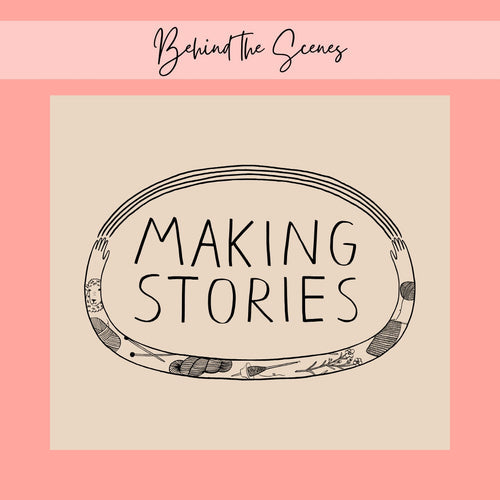
New Look, Same Heart: The Story Behind Our Delightful Rebrand
January 16, 2025 4 min read 1 Comment
Hi lovelies! I am back today with a wonderful behind-the-scenes interview with Caroline Frett, a super talented illustrator from Berlin, who is the heart and and hands behind the new look we've been sporting for a little while.
Caro also has a shop for her delightfully cheeky and (sometimes brutally) honest T-Shirts, postcards, and mugs. (I am particularly fond of this T-Shirt and this postcard!)
I am so excited Caro agreed to an interview to share her thoughts and work process, and what she especially loves about our rebrand!
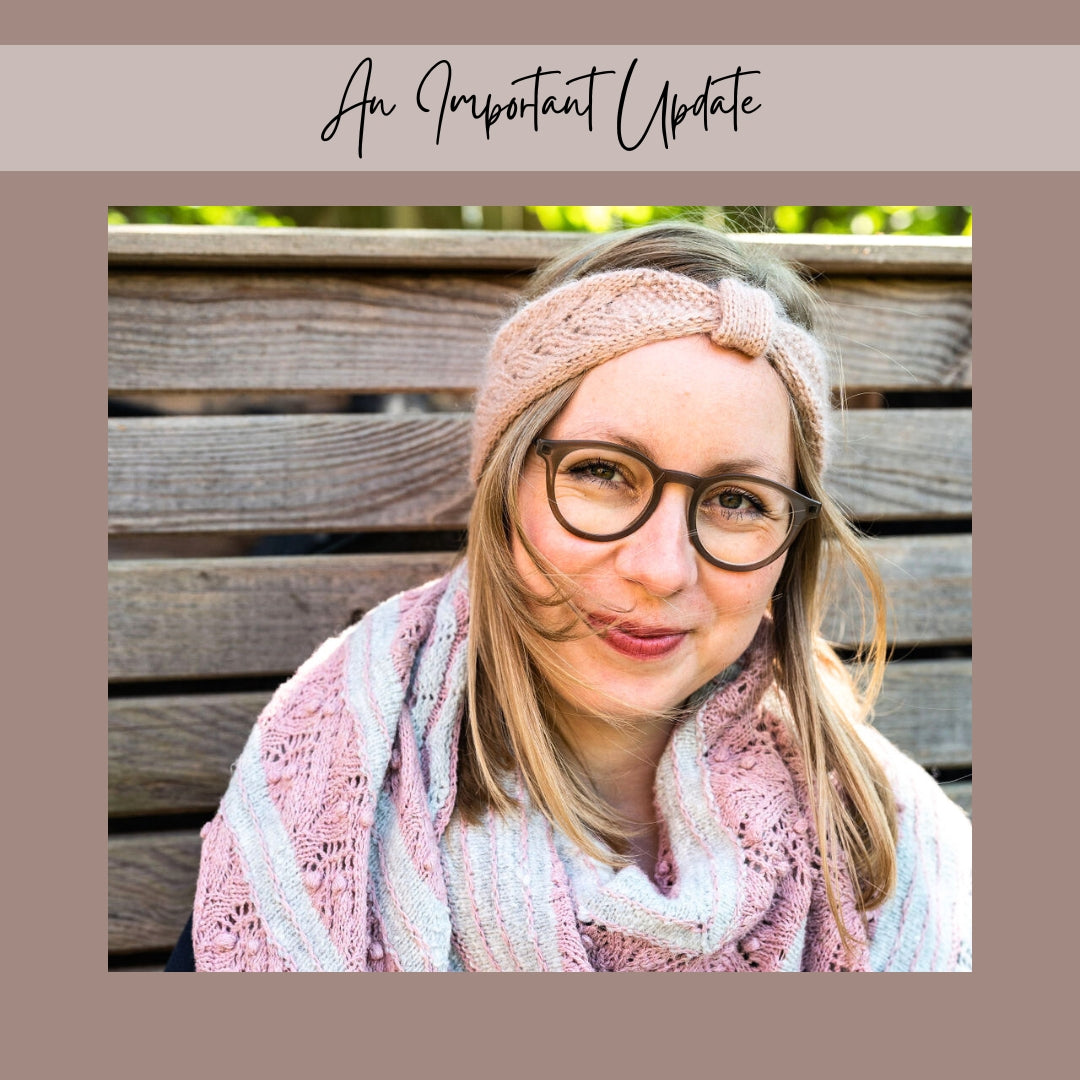
Thoughts on closing down a knitting magazine
November 19, 2024 12 min read 1 Comment
Who Is Making Stories?
We're a delightfully tiny team dedicated to all things sustainability in knitting. With our online shop filled with responsibly produced yarns, notions and patterns we're here to help you create a wardrobe filled with knits you'll love and wear for years to come.
Are you part of the flock yet?
Sign up to our weekly newsletter to get the latest yarn news and pattern inspiration!

